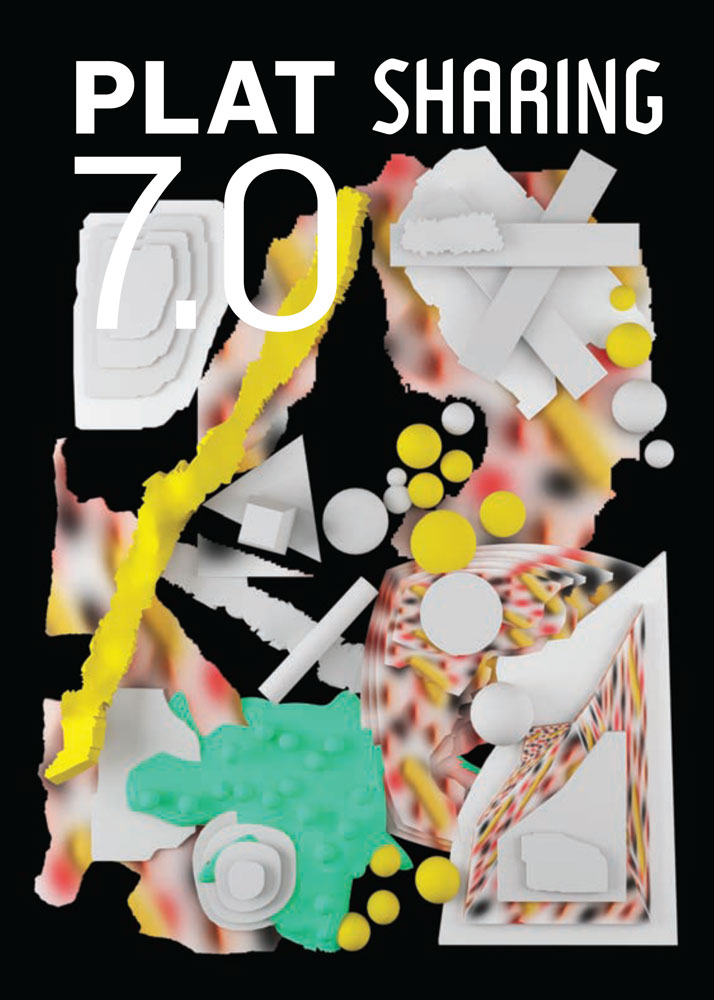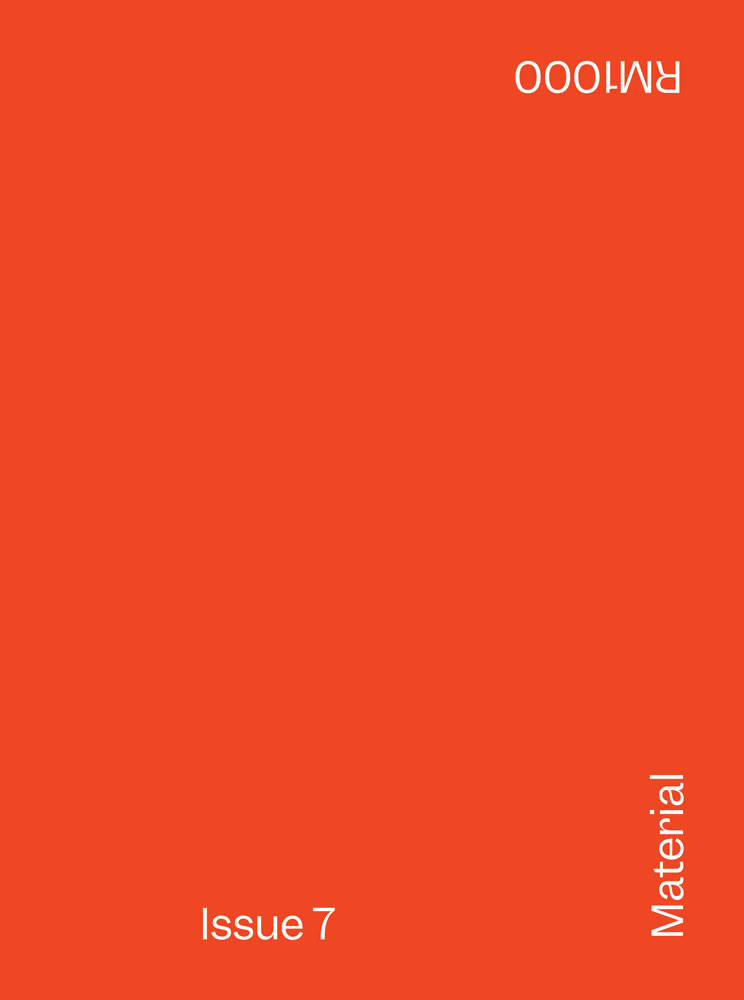by Victoria Pittl
The Center for Architecture is pleased to announce the recipients of the 2019 Douglas Haskell Award for Student Journals, which encourages student journalism on architecture, planning, and related subjects, and fosters regard for intelligent criticism among future professionals. The award is named for architectural journalist and editor Douglas Haskell, an editor of Architectural Forum from 1949 to 1964, who was very influential in stopping the demolition of Grand Central Station. This year, the Scholarship Committee granted the award to:
Telesis, published by the University of Oklahoma (Award: $2,000)
The purpose of Telesis, the student journal of the University of Oklahoma (OU) Division of Architecture, is to reinforce the creative freedom of OU students, while providing an outlet for them to participate in important theoretical conversations about design. Students conceived of Telesis as the re-incarnation of OU Architecture’s student journal from the 1970s, a playful and irreverent publication.
Inspired to create a contemporary rendition of Telesis, OU Master of Architecture (M.Arch) graduate student Emily Hays undertook a year-long analysis to understand the current state of student design journals, the feasibility of founding a journal at OU, and the publication process for such a journal. Through this analysis, Hays discovered that many student design journals highlight the theoretical and built works of professionals, while not engaging meaningfully with students and amateur’s thoughts and designs. Together with faculty and students, Hays charted a way forward that privileges student voices while harkening back to playful and irreverent vibe of the 1970s-era Telesis.
The Scholarship Committee also recognized two journals with Honorable Mentions:
PLAT by Rice University (Award: $500)
Room One Thousand by University of California, Berkeley (Award: $500)
PLAT is an independent architecture journal produced by students at Rice Architecture. Its purpose is to stimulate relationships between design, production, and theory. It operates in a call-and-response format by curating architectural work into an open and evolving dialogue that varies from issue to issue. PLAT is a speculative catalyst for architectural discourse, a student-run platform on which the important issues in architecture today can be addressed and advanced. Read more about PLAT.
Room One Thousand is an entirely student-run architecture journal at University of California, Berkeley, that is currently in its seventh year. Perched atop the College of Environmental Design’s Wurster Hall, Room One Thousand is also a small, un-emphasized room with expansive views of Berkeley, the San Francisco Bay and the ocean beyond. Like its namesake, the journal intends to serve as a vantage point from which one might observe contemporary architecture as it operates in relation to the city, the landscape, and the many forces, institutions, and people that help shape them. Dedicated to representing variety in contemporary architectural discourse, Room One Thousand engages a community of professionals and scholars to see what might emerge from a new collective panorama. Read more about Room One Thousand.
Our next grant deadline is for the Stewardson Keefe LeBrun Travel Grant on November 1, 2019. The LeBrun Travel Grant was established to further the personal and professional development of an architect in early or mid-career through travel. See all Grants and Scholarships here.


